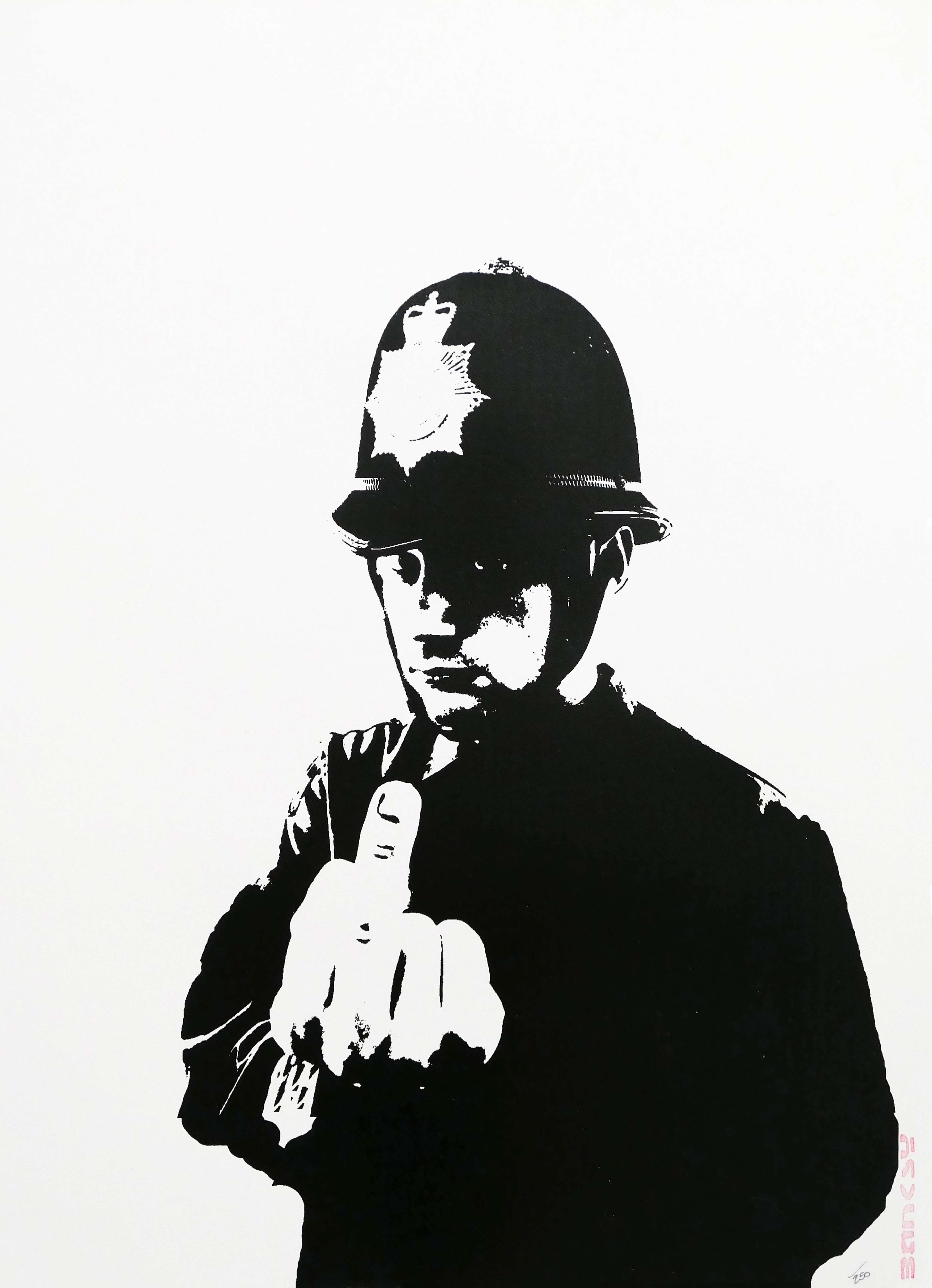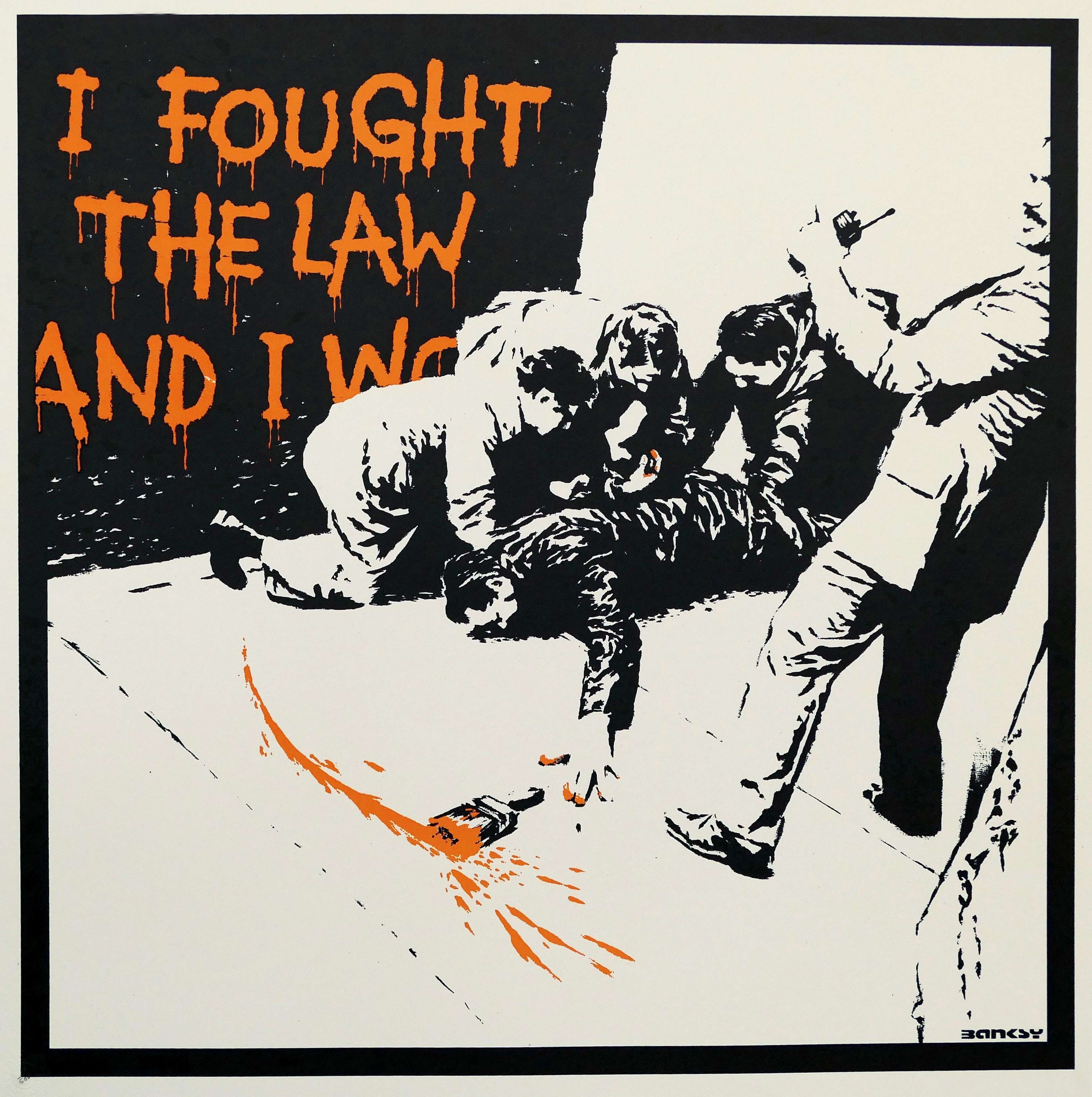A Guide to Anti-Money Laundering (AML) in the Art World

 Dollar Sign 9 (F. & S. II.286) © Andy Warhol 1982
Dollar Sign 9 (F. & S. II.286) © Andy Warhol 1982Live TradingFloor
The art world has long been celebrated for its beauty, creativity and high‑stakes commerce, yet its discretion, subjective pricing and global transferability make it particularly vulnerable to laundering illicit funds. As regulators worldwide tighten Anti-Money Laundering (AML) requirements, intermediaries from traditional galleries to digital platforms must balance financial transparency with the discretion and privacy that the art world values.
The Evolving Legal Landscape
Since January 2020, the UK’s Proceeds of Crime Act (2002) and the Money Laundering Regulations (2017) have placed every dealer, auction house, and online intermediary handling art transactions of €10,000 or more under the supervision of HM Revenue & Customs (HMRC). Celine Thompson, Registrar at MyArtBroker, emphasises the significance of these rules: “Businesses must appoint a dedicated compliance officer and conduct risk-based due diligence on every client, because failing to do so can result in heavy fines and serious reputational damage.”
Indeed, between January and September 2024, nearly fifty UK art businesses were fined for late registration or insufficient AML procedures. Beyond the UK, the Financial Action Task Force (FATF) continues to issue guidelines for dealers in high-value goods, but in 2024 the European Union reinforced the regulatory framework by adopting its 6th Anti-Money Laundering Directive. From mid-2025 onward, all EU member states must explicitly include art dealers within their national AML/CTF regimes, obliging galleries and online platforms to register with their national Financial Intelligence Unit, apply enhanced due diligence to clients from high-risk jurisdictions, and report any suspicious activity - even on transactions that fall below the €10,000 threshold.
AML Challenges in the Digital Art Market
As digital assets like non-fungible tokens (NFTs) enter the marketplace, regulators face the challenge of adapting frameworks originally designed for physical artworks to cover blockchain-based transactions and pseudonymous wallets. Thompson warns that the rapid rise of NFTs has opened a new conduit for illicit finance in the art world. “NFTs are particularly vulnerable to money laundering because they rely entirely on cryptocurrency for transactions,” she explains, noting that anyone with access to crypto channels can acquire these tokens and later sell them for a single, large lump‑sum payment. Since cryptocurrency already underpins much of the dark web’s illicit trade, NFTs now offer a convenient method for converting funds obtained online, potentially through illegal activity, into seemingly legitimate digital assets.
Why Art Attracts Money Launderers
The art market’s intrinsic characteristics make it a fertile ground for money laundering. High-value artworks can be worth millions while remaining physically small and easy to transport or store, often in discreet freeports that span multiple jurisdictions and operate under relaxed customs and tax rules. Freeports in places such as Geneva and Singapore have become magnets for art storage due to their deferred tax status and strict confidentiality rules. This portability is compounded by a culture of secrecy that has defined the art world for decades. Transactions are frequently conducted privately, with buyers, sellers, and intermediaries choosing to remain anonymous to protect confidentiality. As a result, beneficial ownership is often obscured behind layers of proxies.
Complicating matters further is art’s inherently subjective value, which allows prices to be easily manipulated. A single piece might be undervalued or grossly inflated depending on the seller’s intent, making it easier to disguise the movement of illicit funds. As Thompson notes, “The art market has long been shrouded in secrecy, and selling an Andy Warhol can move large funds without raising any eyebrows.”
Inside Art Laundering
Money laundering in art typically follows placement, layering, and integration. Placement occurs when criminals purchase high-value artworks to introduce illicit funds into the system. According to Thompson, “Once you own the work, you can resell it at a loss across multiple dealers, each sale distancing the proceeds from their criminal source.” Layering involves these successive transactions, while integration sees the cleaned funds re-enter mainstream financial channels through loans or final sales. Subjective valuations and private treaty deals make it especially easy to manipulate prices, ensuring that each transaction appears legitimate under casual scrutiny.
High-Profile AML Enforcement
HMRC’s recent public fines illustrate the risks of non-compliance. High-profile galleries such as Opera and Carl Kostyál, alongside a White Cube fundraising initiative, were penalised for late registration. Internationally, US prosecutions have highlighted the art world’s AML blind spots - in particular the case involving a Jean‑Michel Basquiat painting smuggled into the US under a wildly understated value. In 2007, Brazilian banker Edemar Cid Ferreira, later convicted of money laundering, transported Basquiat’s Hannibal from the Netherlands to a New York warehouse. Customs documents declared its value at a mere $100, despite the piece later selling for over $13 million at Sotheby’s. This case underscores how art’s mobility, opaque valuation, and international reach can be exploited to disguise the origins of illicit wealth, making celebrated masterpieces ideal vehicles for financial crime.
MyArtBroker’s AML Stance
MyArtBroker takes a proactive stance on AML, embedding compliance into its online operations. Thompson states, “We refuse to deal with anyone who won’t provide three simple documents: two proofs of a residential address and photographic ID.” This approach ensures that every buyer and seller is vetted, with additional checks for Politically Exposed Persons (PEPs) or clients in high-risk jurisdictions.
Preserving Art’s Integrity Through AML
Art embodies cultural expression and creative innovation, but the idiosyncrasies of its market risk it becoming a vehicle for hidden crime. By integrating stringent due diligence, transparent record-keeping, and a culture of accountability, the art market can uphold its values of privacy while deterring illicit finance. In doing so, it ensures that art remains a medium for genuine cultural exchange rather than concealed wrongdoing.







